
Renovating a villa, hunting for white truffles, eating and wine tasting in Piedmont, Italy
Putting on my Chef's Coat - Cooking at the Drogheria di Langa
Cooking traditional neapolitan pizza as well as non-traditional seasonal specialty pizzas as head chef at the Drogheria di Langa in Bossolasco, Piedmont, Italy
It's ten o'clock at night as I make my way down the stairs to our kitchen to prepare my dough for tomorrow night. I carefully weigh out my ingredients of sourdough starter, water, and flour. I am mixing 5 kilograms (11 pounds) of organic soft wheat flour locally grown and milled by Il Mulino Sobrino here in Piedmont, Italy, and adding a mere 30g of sourdough starter per 1 kilogram (2.2 pounds) of flour. Stefania, owner of the Drogheria di Langa in Bossolasco, Italy, asked me yesterday if I'd like to be a guest chef in two days. My heart pounded in my chest as I laughed out loud, "absolutely!" I said.
Up until this point, I have kept a firm line between my work as a documentary food photographer and my passion for cooking. From time to time I will try and take photos of the food I cook, but when I'm working in a professional kitchen I focus on how things look and not how they taste. I never photograph fake ingredients but I am always focused on the appearance of food when looking through my lens at a plate of delicious food. Year's ago I considered turning my passion into work by going back to school to train as a chef but after some contemplation I decided I preferred creative photography to the pressures of working on the line night after night. I am beside myself with excitement to have this opportunity to realize my long held dream.
I finish mixing the dough and wish it a good night of slow fermentation. My success depends entirely on my dough. I feel cautiously optimistic that I will impress a restaurant full of Italians. What am I crazy? Making pizza for Italians? Yes.
I order my go to selection of cheeses including thirty-month parmiggiano reggiano, the best mozzarella di bufala from campania that I have found here in Piedmont, and cacciocavallo from Puglia. After running errands all day I pick up my two daughter's from school, bring them home, cook them a snack and prepare the dough for transportation to the restaurant. I will be baking the pizza on cooking sheets in a gas oven as opposed to how I normally prepare pizza in our wood-fired brick oven. I do realize it is a risk to be making pizza for a full restaurant (it's tiny so I am looking at a maximum of twenty-five to thirty covers) having never prepared pizza in their oven. My daughter's help me load the car after their snack. After a long day at school they are not thrilled to be heading back to Bossolasco from the comforts of their home in order to help me work in the restaurant. I jokingly tell them that I am afraid that Stefania during the rush of service may start yelling at me like Gordon Ramsey does on Master Chef. In the back of my mind, I think that may actually happen.
We arrive at the restaurant and get straight to work. Isabelle, age 9, helps me prepare the tomato sauce while Azalia, age 6, takes care of her dolls. The restaurant is tiny but has three levels including the kitchen, main dining area, and an upstairs dining area, and the girls love having the time to explore and make themselves comfortable. I prepare the genovese pesto ingredients including lots of basil and get my station set up. I'm ready to go at seven o'clock. At seven-thirty I decide I should at least try and make one focaccia in the oven to see how the dough is rising and how long each pizza will take. Eight minutes later a beautiful focaccia with fresh rosemary and salt is ready. Stefania, looking nervous, tells me I've cooked it too early and it will be cold by the time guests arrive. I feel the pressure mounting. When we planned this evening she told me that we would begin serving apperitivi at seven forty-five. Stefania asks if I'd like to put on a chef coat, "yes, please." Tamar comes to pick up the girls and take them home before the rush.
It's eight o'clock and people begin to arrive. I suggest I put another focaccia in so we are ready for antipasti. Stefania scolds me and tells me again the focaccia will be cold. I thought we would already be in the midst of service by now but in Italy one never knows when the guests will arrive. I anxiously away my call to action.
It's now eight-thirty and the tables are full. The guests are hungry and now I can't make each pizza fast enough. All the sudden we are racing around the kitchen trying to get everything ready so the guests don't have to wait. I take a deep breath and dive into my job. My mind is clear and focused only on the task at hand. The only time I ever feel this way is when I am in the creative process of taking pictures and all five of my senses are directed through the lens. I smile as I shape the dough and top pizzas for the next two hours. After the initial stress and small quantities of pizza we have to serve, everyone is raving about the pizza and Stefania is thrilled with the evening. I go upstairs and see the crowd afterwards and everyone says "complimenti!" I am thrilled beyond words.














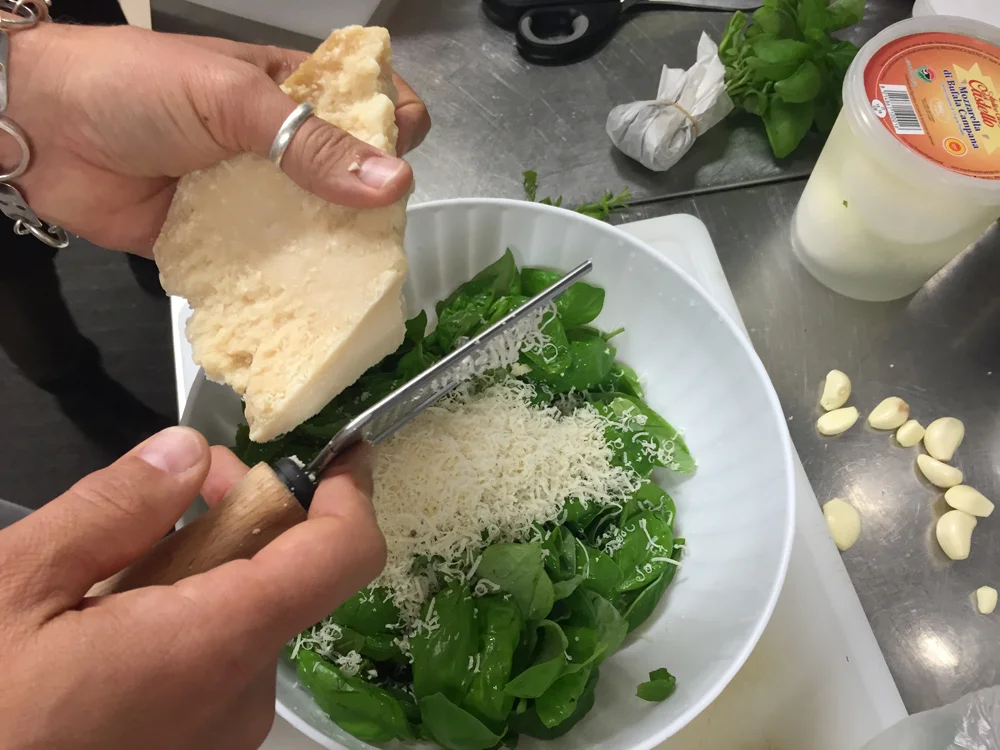

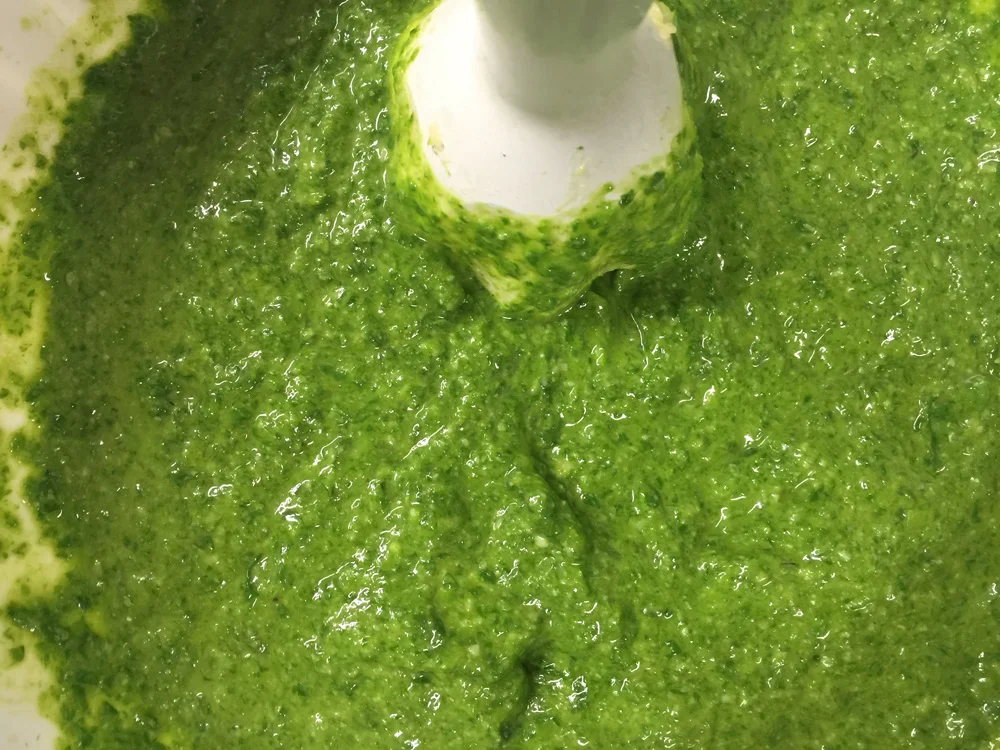
















All photographs copyright 2015, Clay McLachlan and Tamar McLachlan
Restaurant Review - Osteria Battaglino, Dogliani
Osteria Battaglino in Dogliani, Piedmont, Italy
Marco Battaglino, age 35, is at the top of his game right now at his eponymous Osteria Battaglino. You can view his website at that link, but don't judge the website, he 's focused on his food much more than promotion online. Battaglino takes inspiration from the traditional recipes of Piedmont and makes them better. He cooks with passion and creates local dishes sourcing ingredients from passionate producers that anyone from our children to the most discerning food aficionado would crave. Battaglino makes food that he wants to eat including a delicious array of seafood that is a spectacular compliment to the rich and filling food of the Langhe.
Flavia Bergamo, in charge of front of the house, is warm and welcoming, honest and generous. They have a huge representation of wines from Dogliani as well as a great selection of wines from Barolo and Barbaresco. When visiting Piedmont, food and wine are at the top of everyone's list of important daily tasks (it's a tough life but someone's got to do it, right?). I would highly recommend the carne cruda, hand chopped raw veal, often topped with white truffle in autumn. The meat is sourced from a single producer located in the small village of Briaglia where the animals feed on grass and live outdoors year round. When I visited this farm I realized that, if possible, I would try and only eat meat from this producer as it is that much better than the rest. The whole roasted onion stuffed with sausage and cheese, a piedmont classic, is outstanding as is the raw sicilian red shrimp, a melt in your mouth change from the traditional langhe fare.
Pasta here is not to be missed. You can visit any Osteria in the Langhe and most make their pasta by hand daily, but I would say that although you may find equal, you will never find better. Again, Battaglino uses locally sourced flour and fresh farm eggs to make his traditional tajarin and ravioli, 1 kg (2.2 pounds) of flour with 46 egg yolks. This is a delicious pasty packed with protein and when you are here in autumn, this is the perfect dish to have topped with white truffle shavings. Our daughter devours a bowl of this pasta served simply with butter or olive oil every time we eat here. Another option is gnocchi made with fresh pumpkin which is divine and during autumn is served with fresh porcini mushrooms or the agnolotti del plin.
Second's can include bollito of bull or chicken. I have to remind myself how crazy it seems to order boiled meat in a restaurant, wasn't this the food we tried to get away from? In fact, these dished are stunning due to the quality of meat, the simplicity of preparation, and the stunning accompanying sauces which include bagna verde (anchovies and parsley), freshly made mayonnaise (I hate mayonnaise in a jar and I love this!), and a tomato salsa. Truly brilliant. If you don't want meat, then choose any of the fresh fish on offer simply roasted in the oven with spinach, tomatoes, capers and olives, simple and perfect.
While there are a good selection of desserts, the one not be missed is the zabaione. Battaglino comes down from the kitchen whipping up this froth of goodness and pours it into your dish table side, it's the best I've ever had. Run, don't walk, to this cozy sensational food destination.
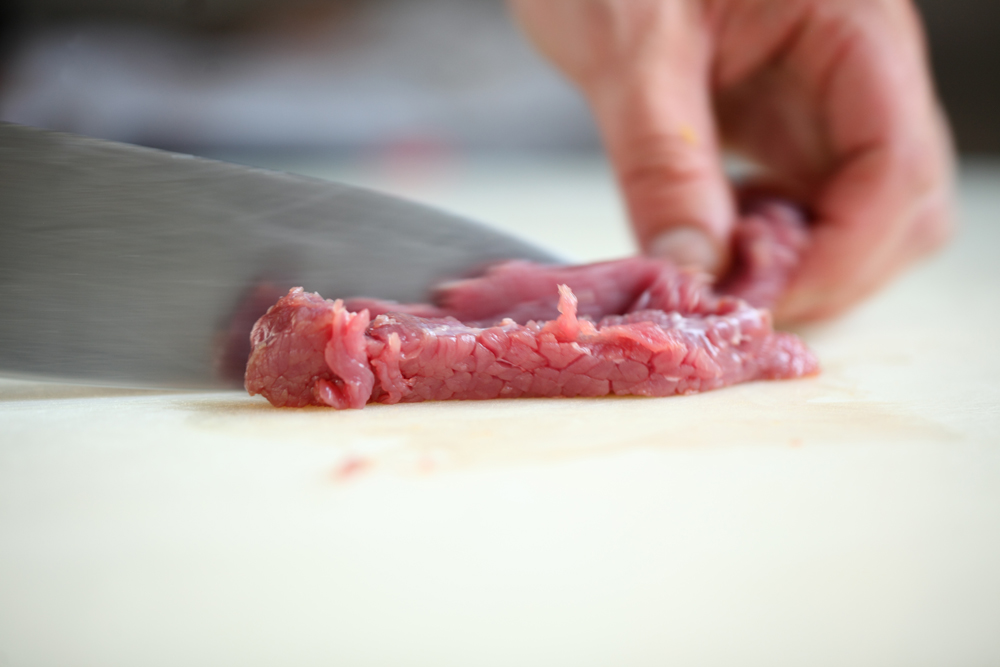
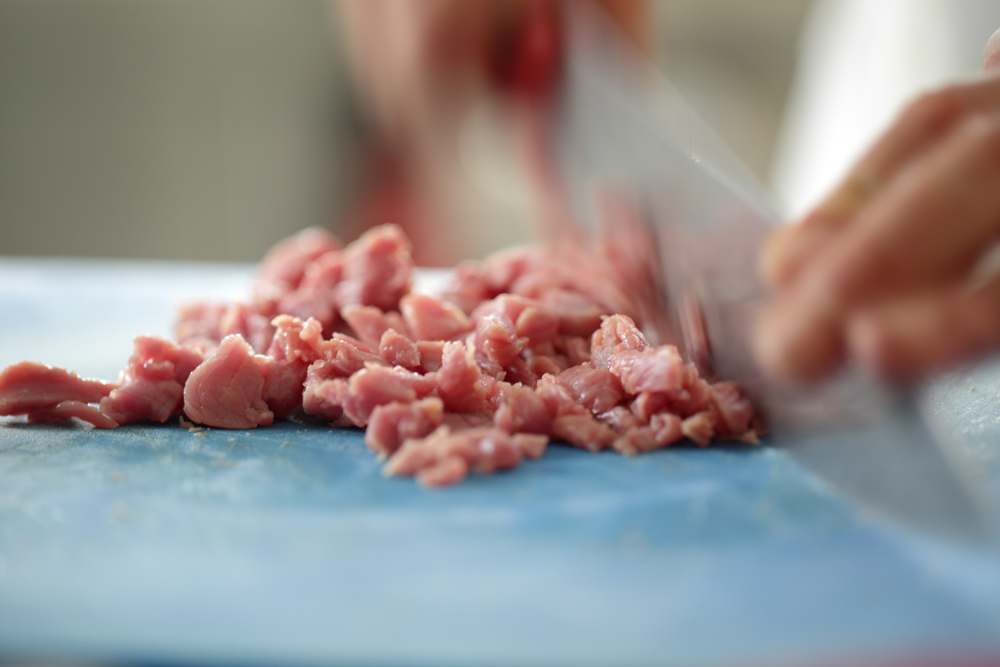
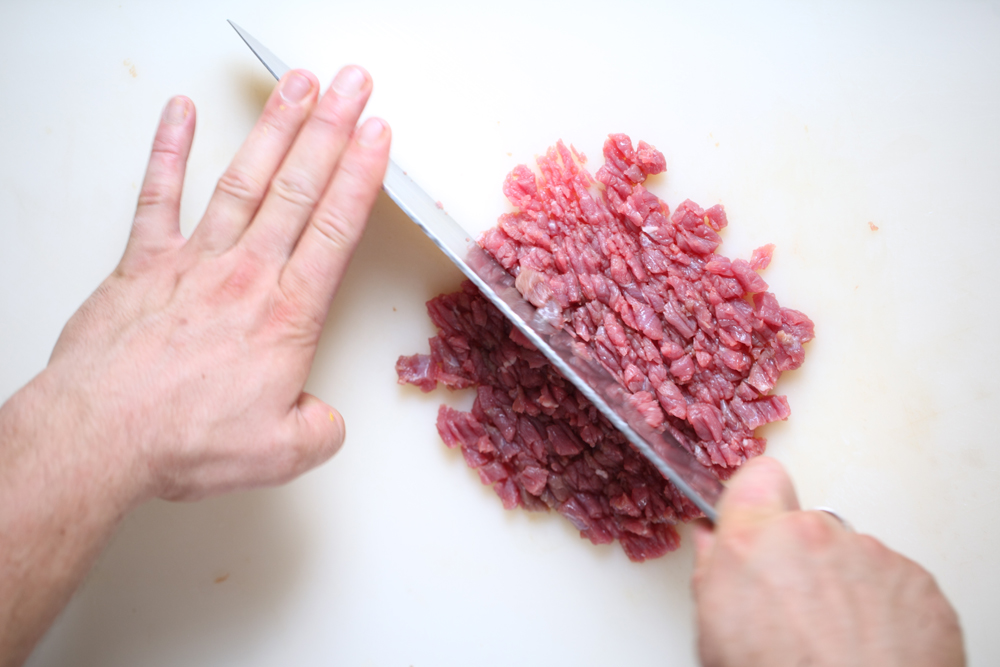
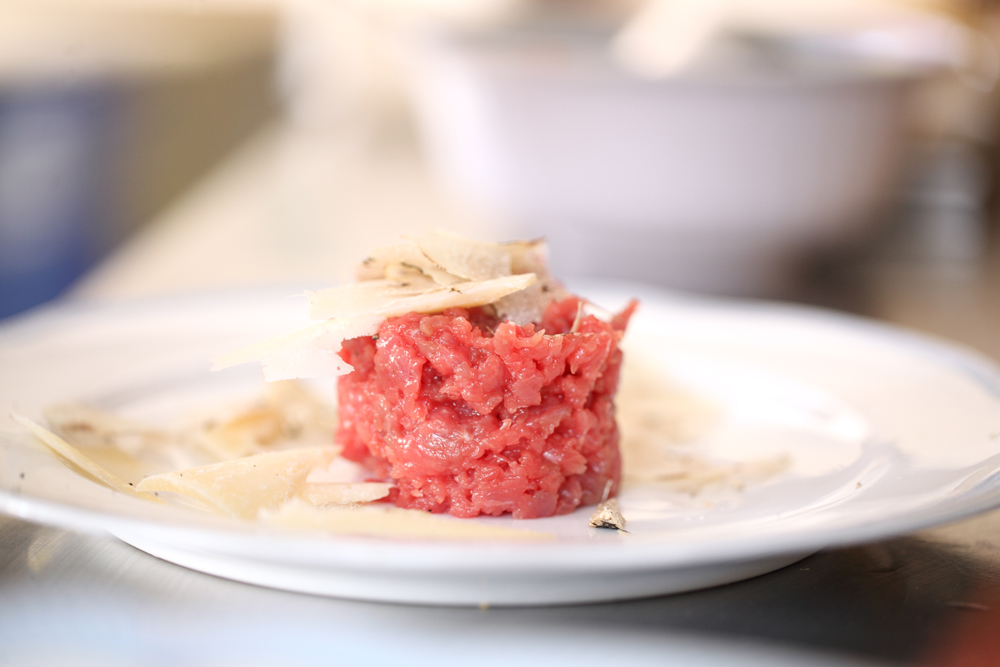
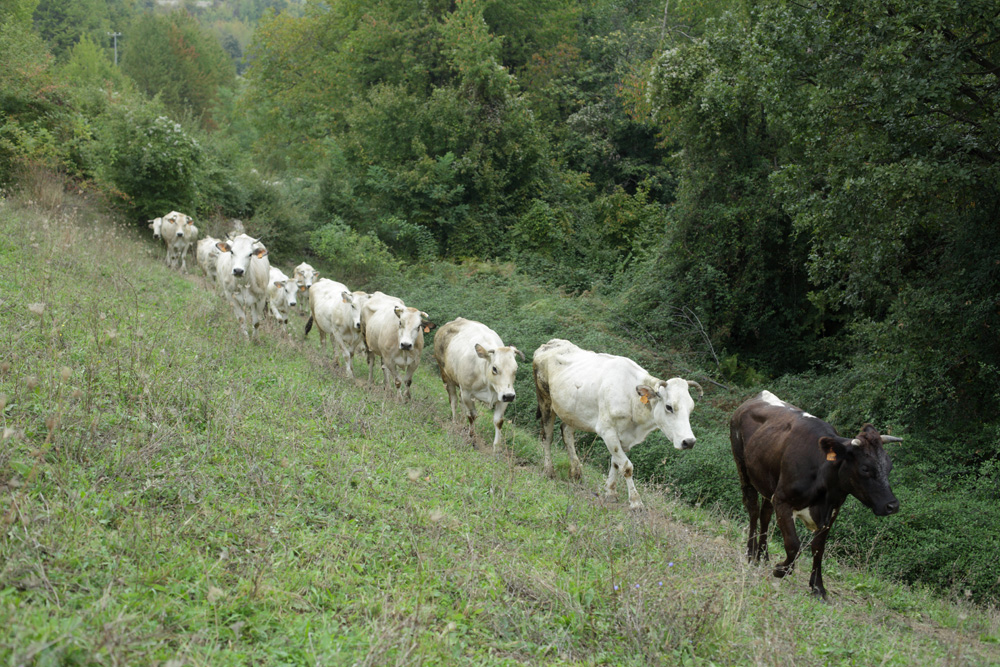
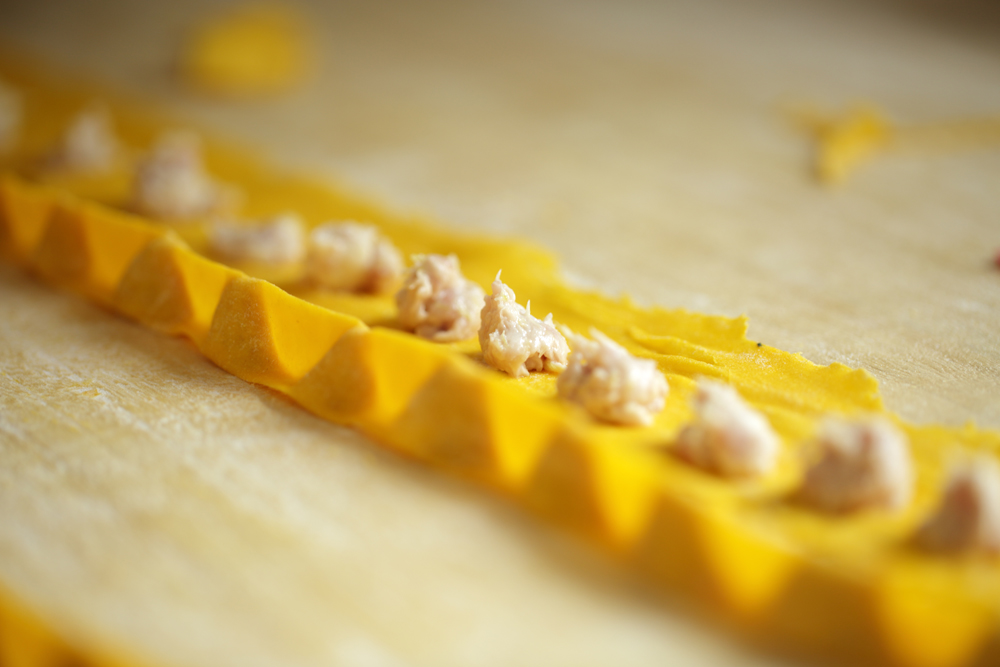
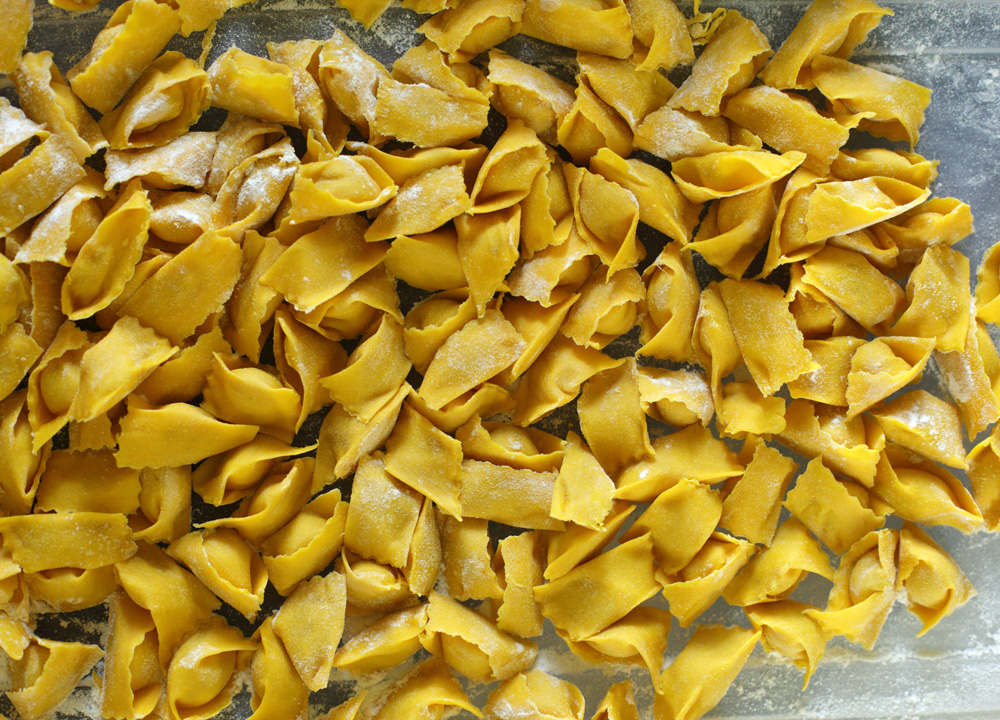
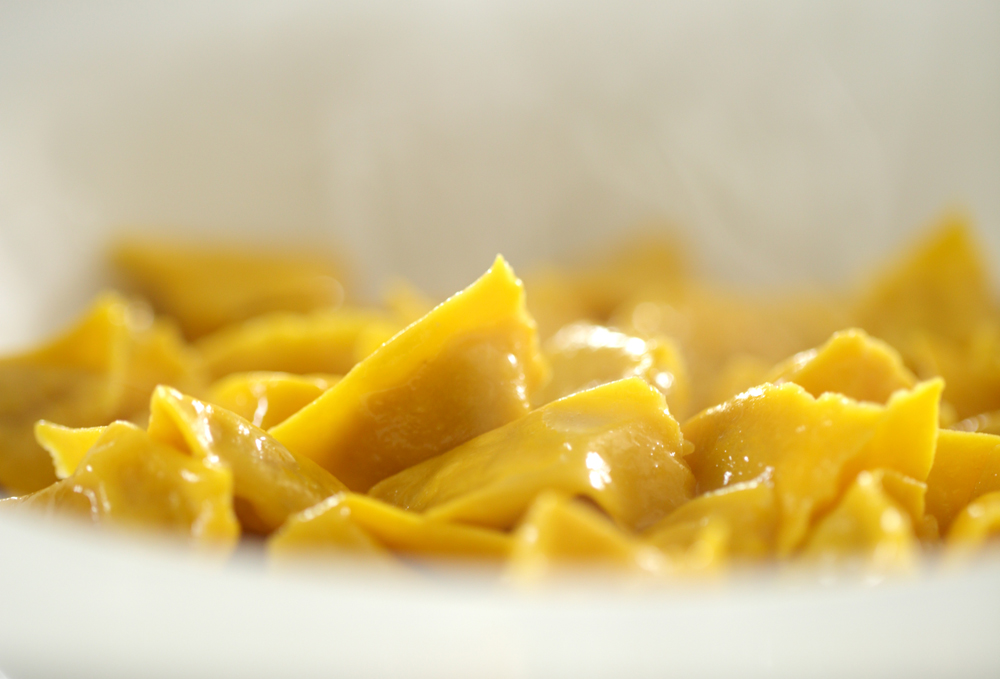
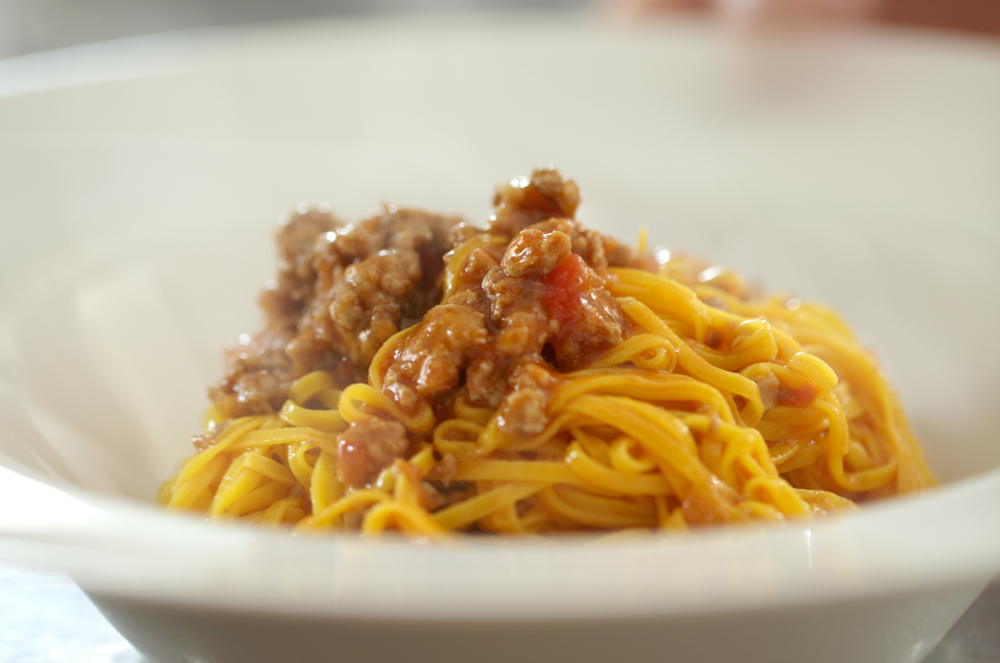
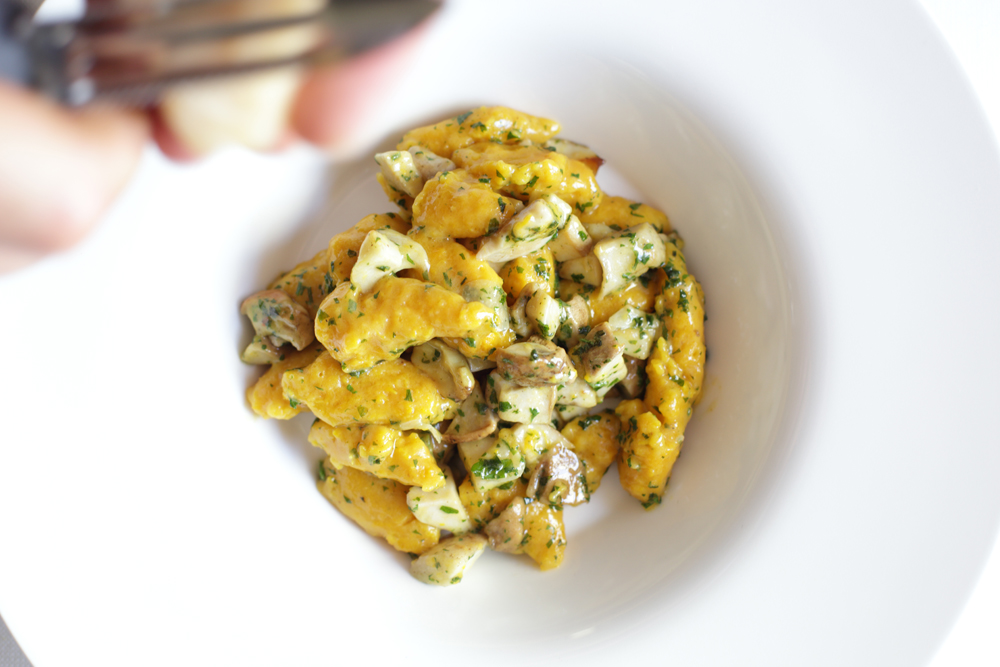
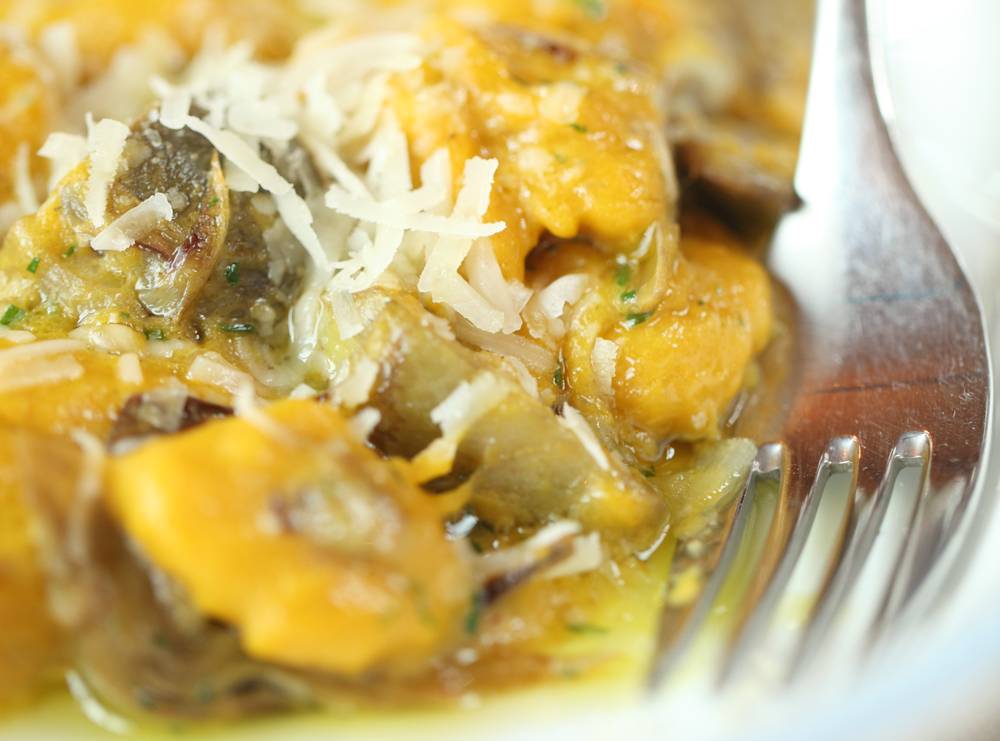
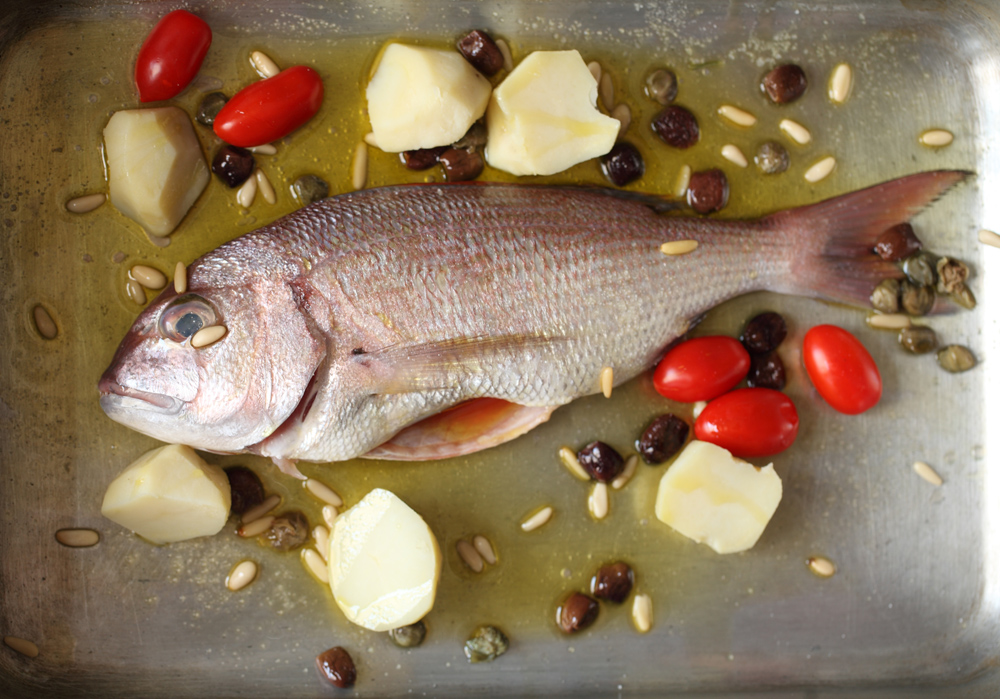
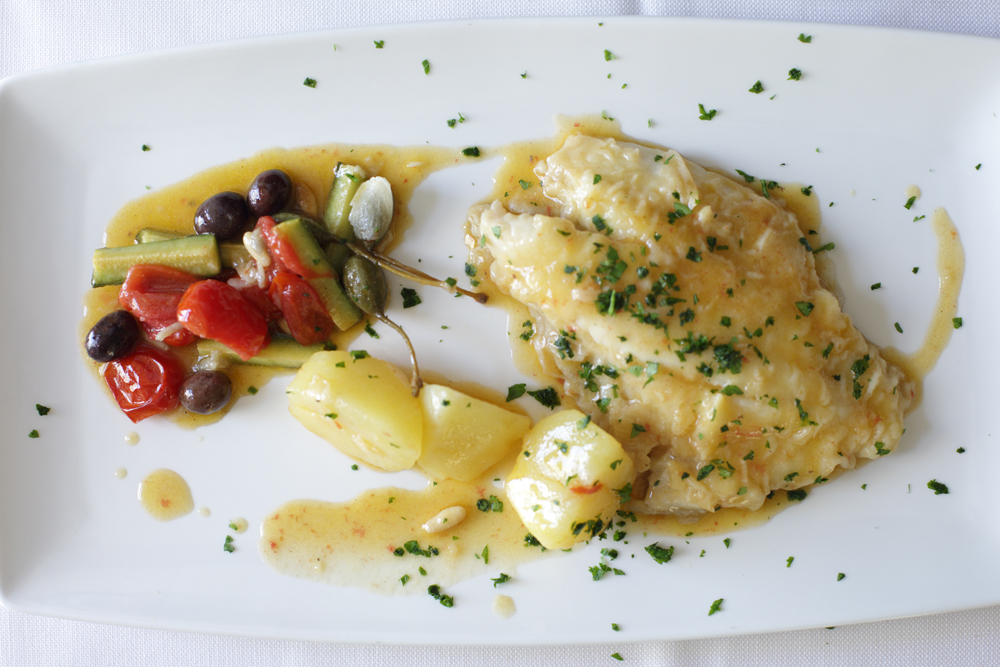
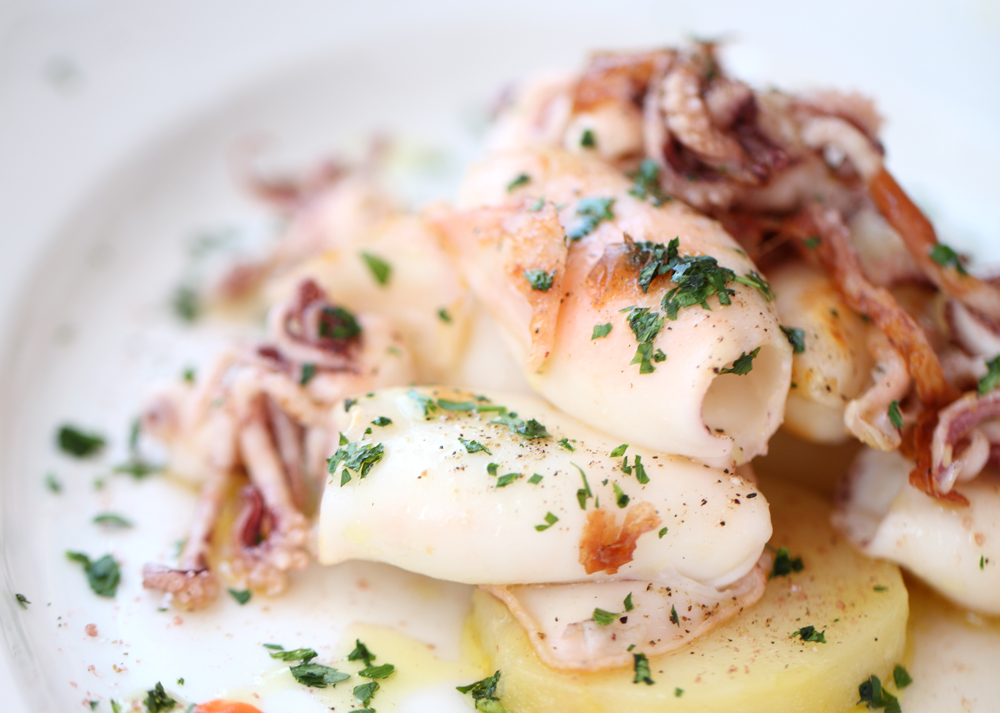
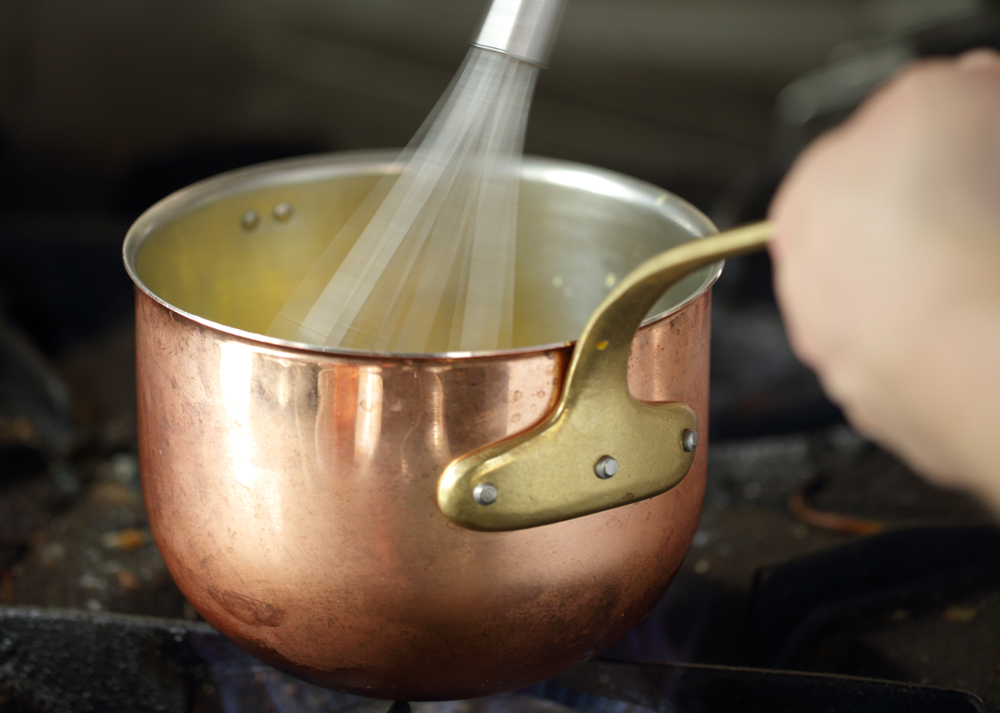
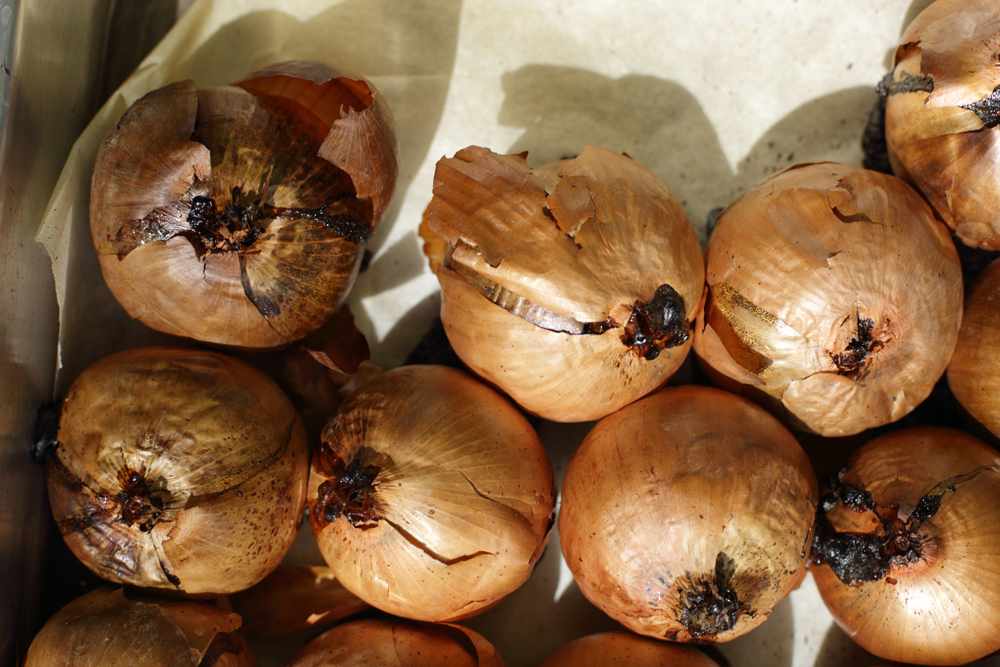
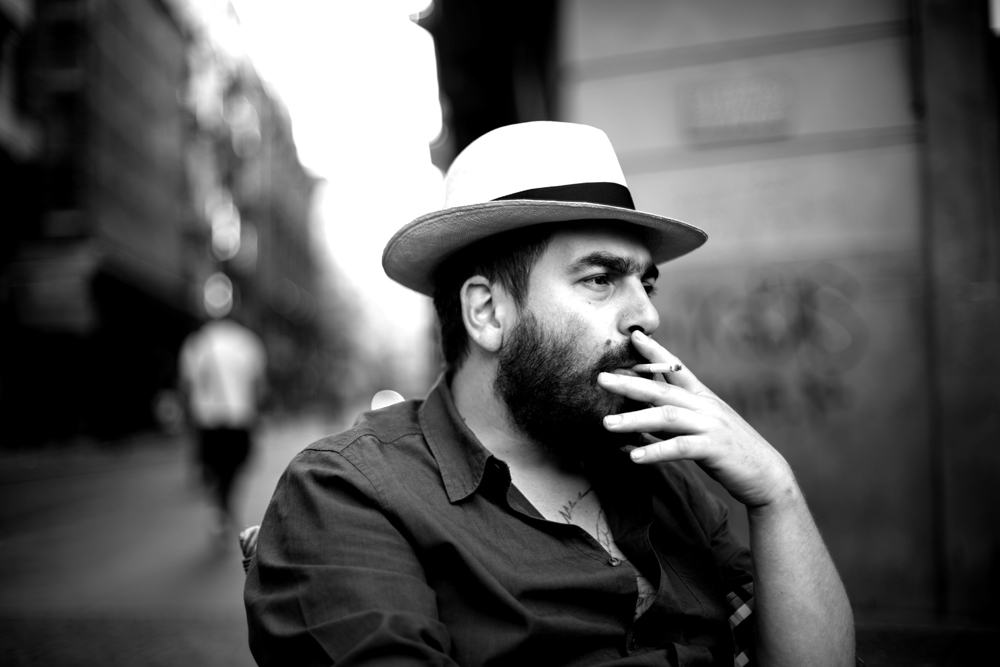
All photographs copyright 2015, Clay McLachlan
Making Fresh Tajarin Pasta by hand with Kids
Learn how to make traditional Tajarin pasta at home
TAJARIN AL 40 TUORLI
Tajarin is the traditional pasta made in the Langhe region of Piedmont, Italy. The pasta is made using flour and eggs. When the pasta is cut more thickly, it is called tagliatelle. We have enjoyed this delicious pasta in every corner of the Langhe and we are proud to have learned the art of making this pasta for ourselves. The best way to master this simple recipe is to make it over and over again so that you become familiar with the feel of the dough. The best quality organic flour and eggs will make this pasta even more spectacular. Different flours dramatically affect the quantity of egg yolks. A simple rule is that the more finely the flour is milled (0 or 00 being the finest) the more egg yolks will be required. Traditionally the recipes calls for 40 eggs yolks to be mixed with 1 kilogram of flour. For this recipe we made enough pasta for six servings of 80 - 100g of pasta per serving.
- 300g Monococco (Einkorn) type 2 Organic Flour and 13 egg yolks (if the dough is too dry, add a tiny amount of egg white or one more yolk)
Weigh your flour with a kitchen scale. Egg yolks vary in size; Egg yolks here (which are a bright orange color) weigh roughly 260g or 20g per egg yolk. Separate the eggs. (You can save the whites in a separate bowl to be used for making meringues). Gently work the egg yolks into the dough with a fork. When the egg yolks are broken and integrated, knead the dough with your hands for approximately or until the dough is stiff. Wrap tightly in plastic wrap and set on the counter at room temperature for at least 30 minutes. Cut off approximately 1/4 of the dough and shape it into a flat rectangle. From this point you may use a rolling pin or a pasta machine. We use a simple hand cranking pasta machine, gently feeding the dough through and folding each time. Stretch the dough out to the second to last setting so that it is quite thin. You may then roll and cut by hand making sure to dust the dough with flour so that the noodles do not stick together. Alternatively, you may use the attachement, as we have done below, to make the perfect cuts.
Put in a container to freeze or cook immediately. Cook for 2-3 minutes in rolling boiling water. Toss with butter, butter and sage, or a ragu sauce. During autumn we simply top this with butter and fine shavings of white truffles that are collected near Villa San Lorenzo. Buon appetito!























All photographs copyright Clay McLachlan and Tamar McLachlan, 2015.



